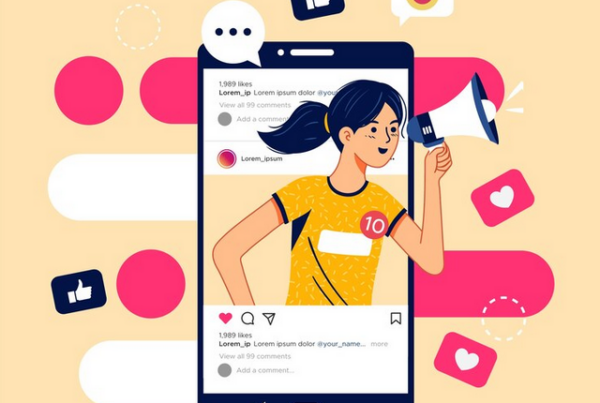Design is an essential aspect of our daily lives, influencing everything from the advertisements we see on social media to the websites we visit. Understanding the principles of design can help us create visually appealing and effective visuals. In this blog post, we’ll explore the concepts of image composition and balance in design, focusing on the use of thirds and strategic placement of elements to achieve a harmonious and impactful visual using sports cars as examples.
The Rule of Thirds
When designing an image or photograph, dividing it into thirds can help create a visually pleasing and balanced composition. The rule of thirds suggests that an image should be divided into nine equal parts by two equally spaced horizontal and two equally spaced vertical lines. Placing points of interest along these lines or at their intersections can create a more engaging and dynamic composition.
Using thirds in design:
- Left, middle, and bottom: The image should be divided into three equal horizontal sections – left, middle, and bottom. This helps in creating a harmonious composition by allowing the viewer’s eyes to flow naturally through the image.
- Focal points: Place the most important elements of your design at the intersections of the lines or along the lines themselves. This helps draw attention to the most crucial parts of the image and guides the viewer’s gaze through the composition.
- Balance: Achieving balance in design is crucial for maintaining visual harmony. By dividing the image into thirds and strategically placing elements within these sections, the overall composition becomes more balanced and pleasing to the eye.
Examples of the Rule of Thirds in Practice

Consider a social media ad featuring a sports car. The ad’s focal point, the car’s logo, is placed at the center intersection of the rule of thirds grid. The left third of the image is reserved for the background, while the right third is occupied by the sports car itself. This composition helps create a sense of balance and ensures that the viewer’s attention is drawn to the logo.
Balancing Design Elements
When incorporating text or additional design elements, it’s essential to maintain balance in the overall composition. In the sports car ad example, text and a square design element are added to the top left-hand corner. To counterbalance this, squares are added to the bottom right-hand corner. This helps restore balance to the overall composition, ensuring that the image remains visually appealing.
Tips for Achieving Balance in Design:
- Adjust text size and placement: Make sure the text size is proportionate to the other elements in the composition. Place it within the rule of thirds grid to maintain balance.
- Match colors: Using similar or complementary colors for various elements in the design can help maintain visual harmony.
- Consider context: When designing for multiple platforms or formats, such as a lead generation form, consider the relationship between the image and the surrounding context. Adjust element placement and sizing to ensure a seamless flow between the image and other elements, such as headlines or form fields.
Conclusion
Mastering image composition and balance is crucial for creating effective and visually appealing designs. By dividing the image into thirds and strategically placing design elements within these sections, designers can achieve a harmonious and engaging composition that guides the viewer’s gaze and focuses on the most crucial parts of the image.
Remember to maintain balance when adding additional elements, such as text or shapes, and consider the context of the design across different platforms and formats. With practice and attention to detail, you’ll be on your way to creating compelling and visually balanced designs.



